Structural system Stone Construction started 1750 | Completed 1830 Opened 1830 Client William Owen | |
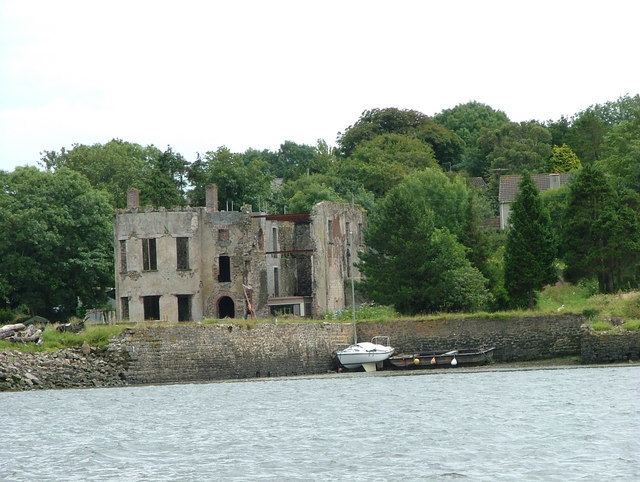 | ||
Similar Picton Castle, Stoke Hall - Derbyshire, Coronation Chair, All Saints Church - Thelwall , Pembrokeshire Coast National Park | ||
The Big House, also known as Landshipping House, is a house in Landshipping, Pembrokeshire on the banks of the River Cleddau which was originally built in 1750 and owned by the Owens of Orielton who were the Landshipping Coal Agents. The house was constructed using stone and roof materials from an older, ruined inland mansion. This building would have been a simple rectangular design with an entrance facing South-West, before several alterations occurred. The final alterations occurred in 1830 by architect William Owen. Owen added a third storey to the western wing and moved the entrance to the North facade, between two bows that were added at the same time to look out over the River Cleddau. His design was inspired by Slebech Hall and Picton Castle. The house remained occupied until the late 1800s when it fell into disrepair and by 1890 it was a ruin. However the cottages at the rear remained lived in until the 1970s. In 1922 the Landshipping Estate, including Big House, was sold at auction.
Contents
- Facts
- Construction
- What Was Inside the Landshipping House
- More About the Owen Family
- Residents
- Media
- References
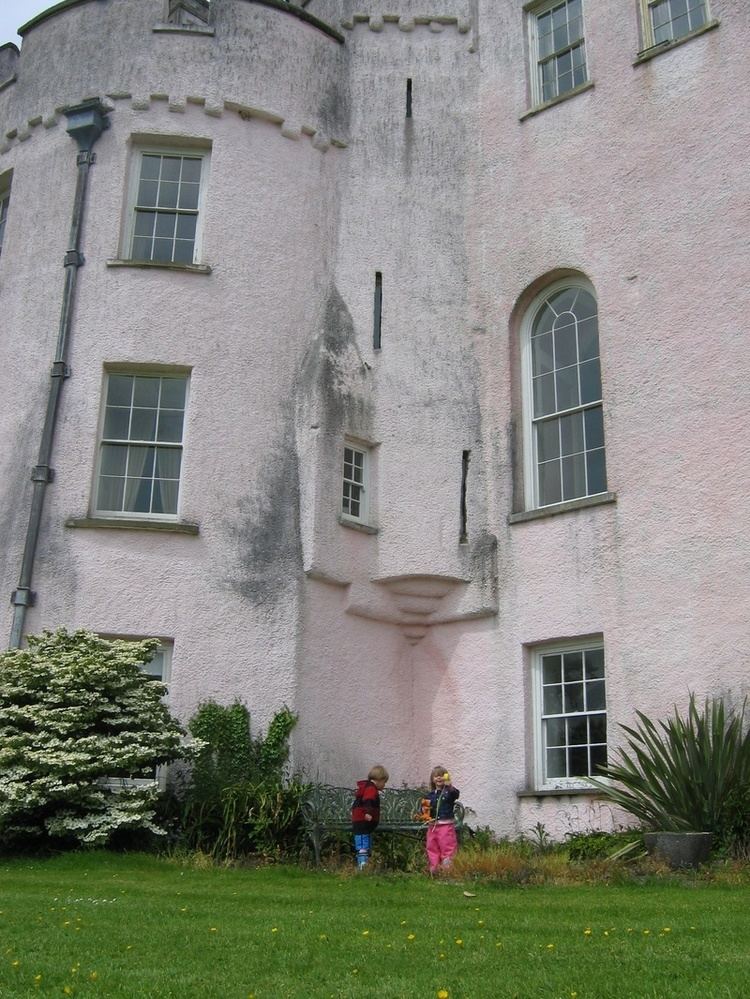
A document from 1857 described Big House as having Bed Rooms, Hall, Parlour, Dining Room, Drawing Room, Nursery, Library, Servants Offices, Range of Stabling, Coach House, Saddle Room & Granary Over Yard, External Walled Garden, Orchards, and a wood set in nearly 6 acres. The current property is set in about 2 acres.
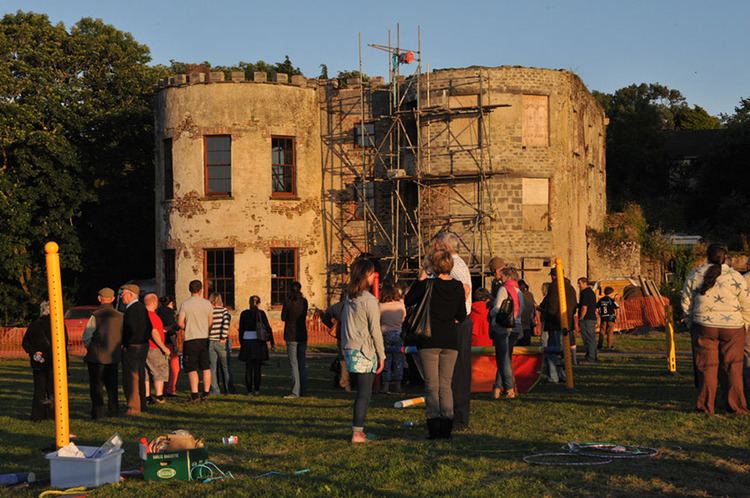
Facts
• The Big House, also called the Landshipping House, is one of thehistoric landmarks of Wales. It’s located on the banks of RiverCleddau, which is in Landshipping, Pembrokeshire.
• It was built in 1750 and was owned by the Owens of Orielton, who worked as Land shipping coal agents. Later on, the ownership of the housemoved to the Stanley family.
Construction
• The house was designed by William Owen, an architect.
• The construction materials were actually reused from an old mansion.
• The house was renovated in 1830; a third floor was added, and the entrance was moved to the North facade.
What Was Inside the Landshipping House?
• Inside the Big House, there were bedrooms, a parlor, a dining room, a coach house, a nursery, a range of stabling, a library, servants’ offices, a hall, an external walled garden, a saddle room, orchards, and a drawing room.
• As of 2021, the house’s condition has deteriorated, especially the right part.
More About the Owen Family
• The Owen Family owned coal mines within the proximity of Big House. The main purpose behind building the house was that the Owen Family wanted to live closer to the coal mines and run their business more efficiently.
• In 1809, the ownership of the Landshipping House was transferred to Sir John Owen, who was a British Tory politician from Wales. He was a member of the parliament for more than 50 years.
• However, Sir John Owen didn’t actually live in the house. It was the residence of Hugh Owen (his son) and his family. It’s worth noting that Hugh Owen also served as a member of the parliament.
• Sir John Owen and his son were wealthy, but they lost most of their fortune because of costly electoral campaigns.
Residents
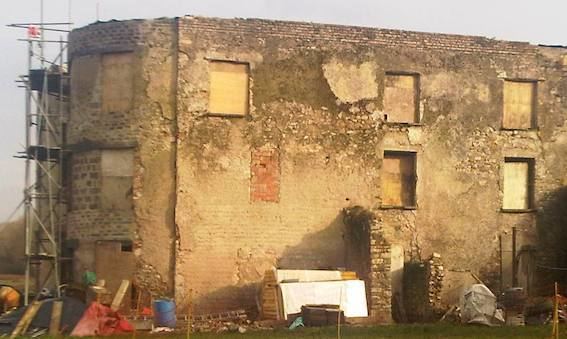
The House was originally owned by Sir John Owen, later passing to his son Hugh, who was born in Lincolns Inn, Middlesex in 1804. He lived in the house until 1856. He first married Angelina and had 3 children - William, Angelina and Frances. He had two male and three female servants. At this time he was a landowner as well as Lieutenant Colonel of the Pembroke Militia. His first wife died. He later married Henrietta and had two more children, Augustus and George, and his household had increased to include a live-in Nurse and five house servants.
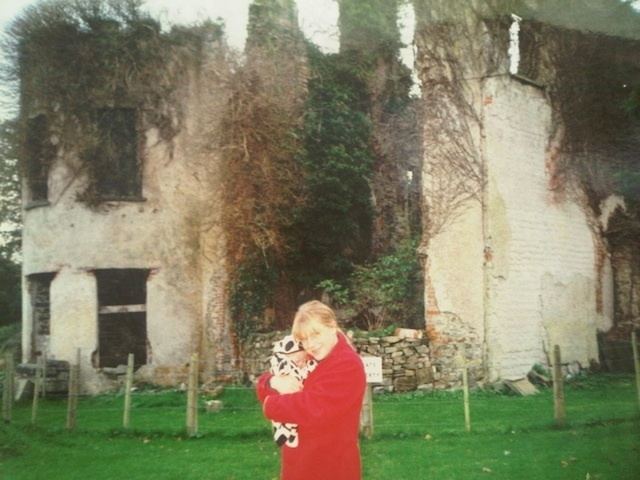
Due to poor estate management and political misadventure, he lost his fortune in 1856 and had to sell Big House, which was bought by William Owen, who was an architect. He was a wealthy self made businessman, who started out as a cabinet maker and builder. He was a self-taught architect and finally invested in a railway business. During the 19th century he was one of Pembrokeshire's biggest landowners with estates at Poyston and Withybush. The current owner, Mr Alun Lewis and his partner at the time, purchased the house in 2000.
Media
In 2002 Big House appeared in This Land, a network BBC TV series directed by Richard Traylor-Smith, as Alun Lewis and then partner Sarah Hoss and their children moved to the site to begin the project; then again in 2005 the family were featured with their project in the BBC TV series Magic Harbours presented by Jamie Owen.
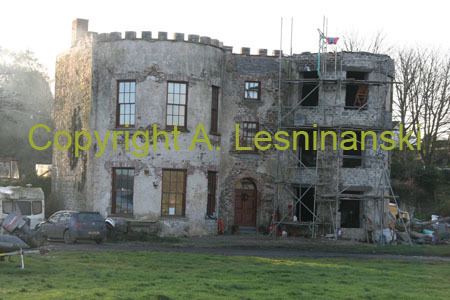
In 2011 The project featured on episode six of the BBC television series Restoration Home, presented by Caroline Quentin.
In 2012, the house was again featured in an episode of "Restoration Home: One Year On", Episode Three when the second bay was partially restored.
The website for Big House indicates that progress has been largely stalled since 2012, due to financial constraints; and, the proposed Bed and Breakfast is still not open. The house is a private residence and private property. Photos on the website from across the river, and on a Facebook page for the area, show the current state of the building.
